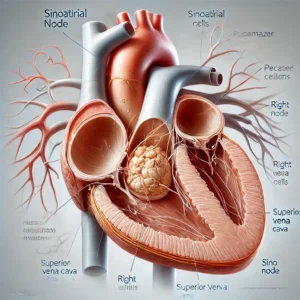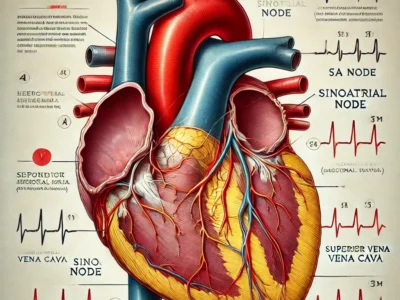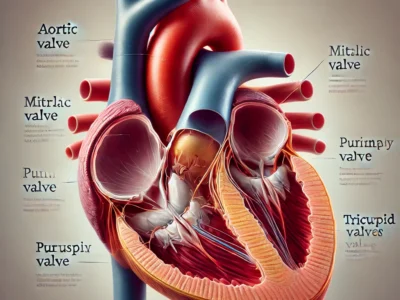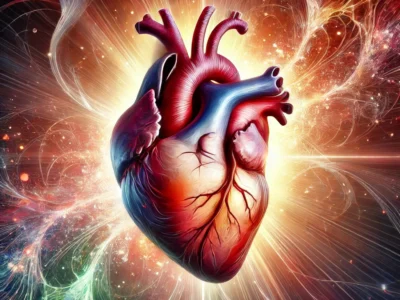What is Sinoatrial (SA) node ?
What's your reaction?
Excited
0
Happy
0
In Love
0
Not Sure
0
Silly
0





[…] […]